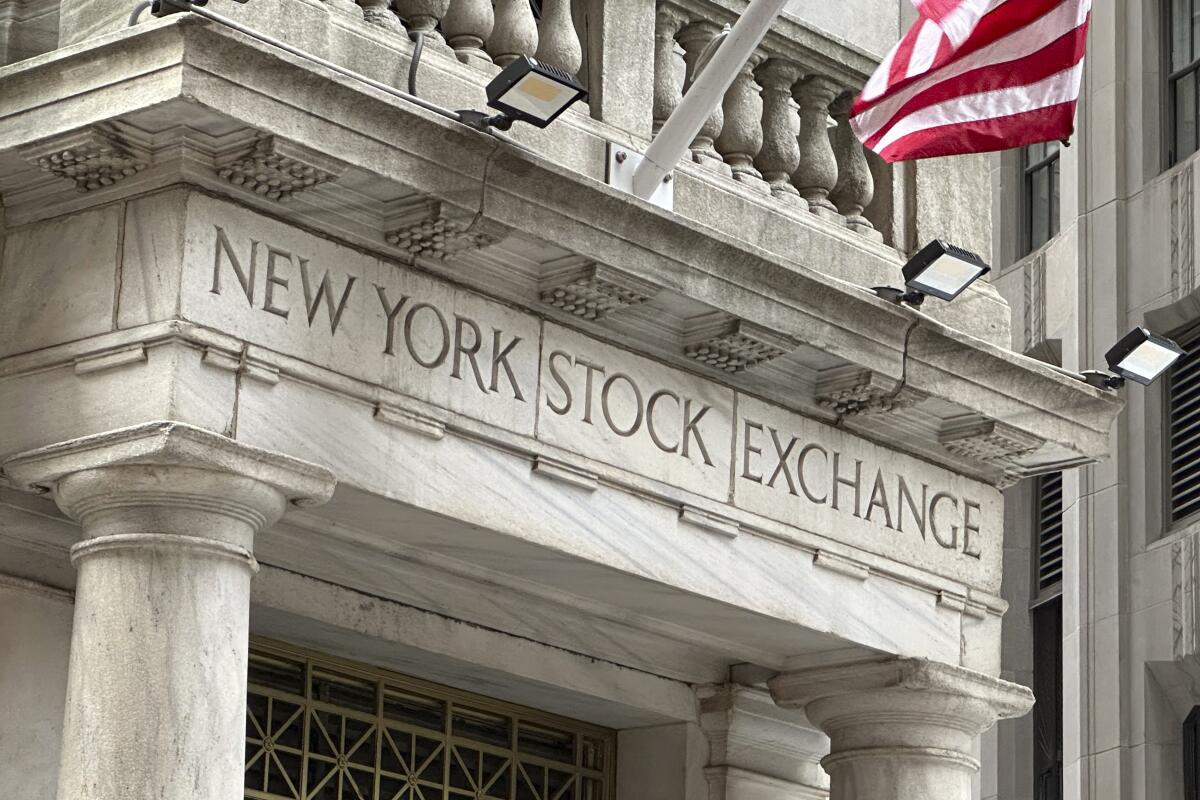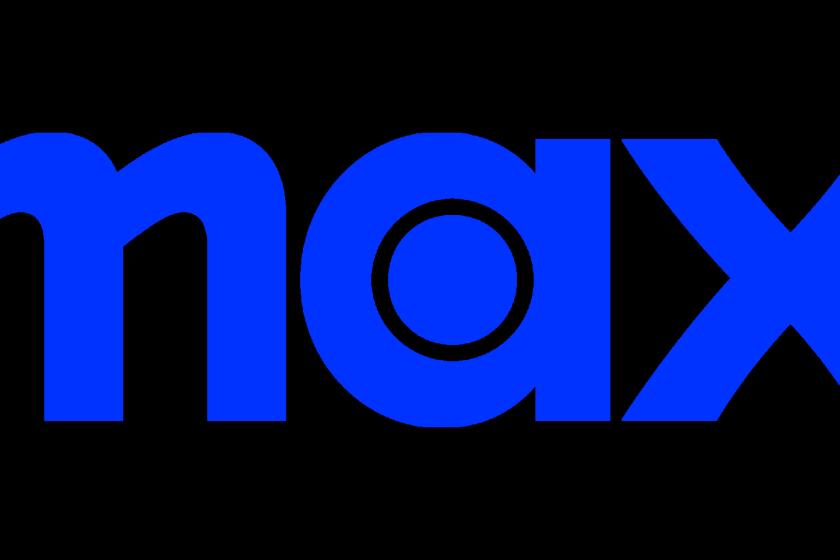Wall Street’s smaller stocks roar a day after S&P 500’s worst loss since 2022

- Share via
NEW YORK — Wall Street’s split widened Thursday, as smaller stocks and other formerly downtrodden areas of the market rose while superstar Big Tech stocks gave back more of their stellar gains.
A swirling day of trading left the Standard & Poor’s 500 with a loss of 0.5% after its slide from the day before, which was its worst since 2022 and led to a wipeout for financial markets around the world.
The Dow Jones industrial average rose 81 points, or 0.2%, while the Nasdaq composite sank 0.9%.
Weighing on Wall Street were continued losses for Nvidia and most of the handful of Big Tech stocks that have been primarily responsible for the S&P 500’s run to records this year. They had tumbled a day earlier after profit reports from Tesla and Alphabet underwhelmed and raised concerns that the market’s frenzy around artificial intelligence technology had sent prices too high.
Whether the stocks known as the “Magnificent Seven” are rising or falling makes a huge difference on Wall Street because they’ve grown so mammoth in market value. That gives their share price movements extra sway on the S&P 500 and other indexes.
But Thursday’s drops for six of the Magnificent Seven masked a market in which the majority of U.S. stocks rallied. A surprisingly strong report on the U.S. economy raised hopes for profits at smaller companies and other formerly unloved areas of the market.
It’s a flip of the leaderboard from earlier this year, when the strength of Big Tech masked weakness among other stocks, which struggled with high interest rates meant to get inflation under control.
The economy’s growth accelerated to an estimated 2.8% annual rate in the second quarter, double the rate in the prior quarter. A continuation would help drive more sales for companies. Perhaps just as important for Wall Street, the report wasn’t so hot that it fanned worries about upward pressure on inflation.
An update on Friday about the Federal Reserve’s preferred measure of inflation could shake things up, but “it’s a struggle to find data points or indicators that hint at inflation still being a significant concern,” according to Yung-Yu Ma, chief investment officer at BMO Wealth Management.
Because inflation has largely resumed its slowdown, the widespread expectation is for the Federal Reserve to begin cutting its main interest rate from the highest level in more than two decades. After Thursday’s report, traders still see a 100% probability that the Fed will begin doing so in September, according to data from CME Group.
Rate cuts would release pressure that has built up on both the economy and financial markets, and investors are thinking they could offer a particularly big boost to smaller stocks and other downtrodden areas whose profits are more closely tied to the strength of the economy than Big Tech’s.
The Russell 2000 index of smaller stocks jumped 1.3%, doing better than other market indexes. It’s up 8.6% this month, versus a loss of 1.1% for the big stocks in the S&P 500.
In the bond market, the yield on the 10-year Treasury slipped to 4.24% from 4.28% late Wednesday. It’s down significantly from its perch of 4.70% reached in April, which gives a strong boost to stock prices.
IBM was one of the biggest reasons for the Dow Jones industrial average’s climb; it rose 4.3% after delivering stronger profit and revenue than expected for the last quarter. It also raised its forecast for how much cash it will generate this year, saying its AI business has been strong.
ServiceNow was among the strongest forces pushing upward on the S&P 500. The company, whose platform helps businesses connect seemingly disjointed systems, jumped 13.4% after delivering stronger profit and revenue than expected. It also raised its forecast for subscription revenue this year.
Airline stocks flew higher after American Airlines Group and Southwest Airlines both reported profits for the spring that topped analysts’ expectations. Southwest also announced a break from a tradition of 50 years: It will start assigning seats and selling premium seating for customers who want more legroom.
American Airlines climbed 4.2%, and Southwest Airlines rose 5.5%.
On the losing side of Wall Street was Ford Motor, which tumbled 18.4% after reporting profit that fell short of expectations. Its net income fell in part on rising warranty and recall costs.
All told, the S&P 500 fell 27.91 points to 5,399.22. The Dow rose 81.20 points to 39,935.07, and the Nasdaq composite sank 160.69 points to 17,181.72.
In stock markets abroad, indexes dropped worldwide after Wall Street’s wipeout on Wednesday. They fell 3.3% in Tokyo, 1.8% in Hong Kong and 1.2% in Paris as worries spread about whether companies would meet expectations for profit growth and about potential moves by central banks on interest rates.
In Japan, the rising value for the yen against the U.S. dollar has hurt shares of the country’s exporters. The yen has been rising on speculation the Bank of Japan will raise interest rates soon. Its next policy meeting ends July 31.
Chinese stocks fell as investors questioned a central bank decision to cut another key interest rate after several similar moves earlier this week.
Choe writes for the Associated Press.
More to Read
Inside the business of entertainment
The Wide Shot brings you news, analysis and insights on everything from streaming wars to production — and what it all means for the future.
You may occasionally receive promotional content from the Los Angeles Times.








